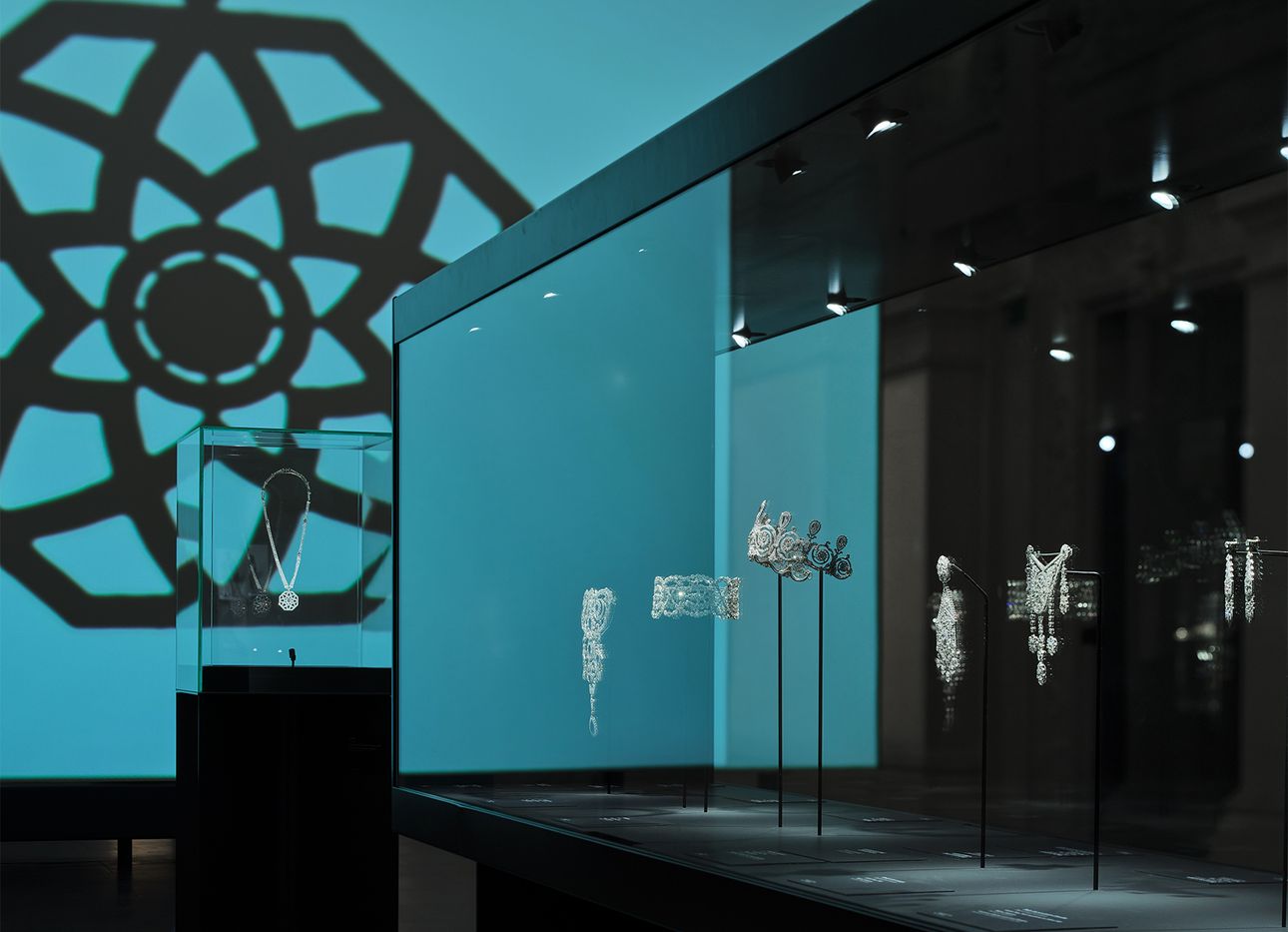
How Islamic Art Informed Cartier’s Now-Signature Style
In 1847, French jeweler Louis-François Cartier established a business that bore his last name and specialized in jewels and precious trinkets. About five decades later, the company’s focus expanded to include accessories of its own design. One of Cartier’s grandsons, Louis, joined the family business as its creative director, and set out to find inspiration for developing a distinct visual language that Cartier could call its own.
At the time, Paris was the epicenter of the Islamic art trade, and Louis learned firsthand about the geometric shapes and unexpected color combinations that decorate items from Islamic culture by visiting exhibitions on the subject—including ones at the Musée des Arts Décoratifs—and traveling to several countries, including Egypt, India, and Turkey. He sent his younger brother, Jacques, an expert in precious stones, to India and the Persian Gulf to experience the culture, connect with potential clients, and bring back objects and materials, such as natural pearls, for them to behold. “Beauty, and the curiosity to discover different forms of it, are foundational principles at Cartier,” says Pierre Rainero, the company’s director of image, style, and heritage. “We’ve always looked for beauty elsewhere, in non-Western cultures and in other disciplines.”
A just-opened exhibition at the Musée des Arts Décoratifs titled “Cartier and Islamic Art: In Search of Modernity” (on view through Feb. 20, 2022) explores the lasting impact such pieces have had on the house’s designs. (It will travel to the Dallas Museum of Art, which co-organized the project, next spring.) The show, designed by Diller Scofidio + Renfro (whose co-founder, Elizabeth Diller, was the guest on Ep. 9 of our Time Sensitive podcast), features more than 500 pieces—including Islamic art, books, jewelry, and objects as well as photographs, documents, and other artifacts from Cartier’s archives—that illustrate the creative process that shaped the house’s now-signature style.
The presentation is divided into two parts that form a chronological timeline from the start of the 20th century to today. Visitors first encounter a section focused on the emergence of Islamic art and architecture in Paris, and pieces the Cartier brothers turned to as muses. Among them are objects from Louis’s personal collection, including Indian jewelry, Persian miniature drawings, and opulent Indian pen boxes, set with gold, turquoise, and ivory.
The second half demonstrates how elements borrowed from Islamic art manifest in Cartier designs. While surveying the intricate pieces, some might notice how the motifs on the bindings of the books Louis owned are reproduced, pared down, or reworked to form new patterns. Others may regard increasingly bold mixtures of hues and materials, such as a striking “bib” necklace made from gold, platinum, turquoise, amethyst, and diamonds. Commissioned by the Duke of Windsor for the Duchess of Windsor in 1947, the necklace exhibits the same vibrant blue and violet composition found in Indian enamels. There’s also a diamond-encrusted platinum-and-turquoise tiara from 1936 that reproduces a delicate paisley motif from a headpiece worn by a “female tumbler” seen in a 19th-century Persian painting. A few cigarette cases even incorporate actual cut-outs from Persian miniature drawings onto their enameled and diamond-set surfaces.
Looking at the range of works on view, the exhibition seems to suggest that the influence of Islamic art extends far beyond the jewelry house, and into other cultures and societies across time—a sentiment that Cyrille Vigneron, Cartier’s president and CEO, voiced at the exhibition’s opening last week. Reinterpreting “the richness of other cultures,” he says, “if done respectfully, and without misappropriation, can lead us to create even more beautiful things.”